Carina is a southern circumpolar constellation.
Click on image for full size
Windows to the Universe original image
Related links:
Keyhole Nebula
Carina
The constellation Carina is known as the Keel, which is the bottom part of old ships. Carina was originally a part of Argo Navis, which was a huge boat in the night sky. It has since been divided into four constellations: Carina, Puppis, Vela and Pyxis.
Many civilizations believed Carina was a ship. In classical myth, Argo Navis was the ship of Jason and the Argonauts, who sailed the seas in search of the Golden Fleece. Others say the ship belonged to Menelaus, husband of Helen of Troy. The ancient Egyptians say the ship belonged to Osiris and Isis.
The brightest star in Carina is called Canopus. It is actually the second brightest star in the sky behind Sirius. Canopus was the name of the pilot of Menelaus' fleet. It lies at the very end of the constellation.
The famous Keyhole Nebula is located just below the circle in the constellation. It is one of the most watched nebulae in the sky, and scientists say it contains the most visible star that will become a supernova.
It is hard to see any shape of a ship in the figure without the rest of Argo Navis. But if you recall the shape of the old wooden ships used during the age of discovery, you will notice that the constellation makes out a sort of "U-shape", characteristic of the bottom of ships. The circle may represent the ship's figurehead. Carina is a Southern Circumpolar constellation, so only a very few in the Northern Hemisphere can see it.
You might also be interested in:
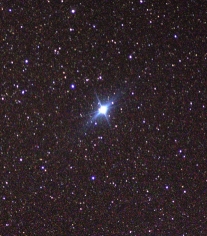
What's in a Name: The name of the pilot of Menelaus' fleet. Claim to Fame: Second brightest star in the night sky behind Sirius. Type of Star: Yellow-white Supergiant How Far Away: 1,200 light years away
...more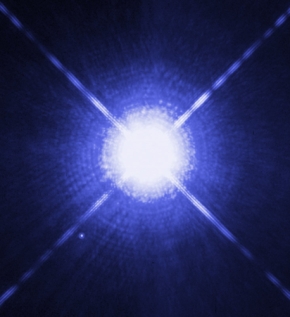
What's in a Name: Greek for "Scorcher". Also called the "Dog Star". Sirius was not visible in the night sky during the summer months, therefore the Greeks thought that Sirius added its heat to that of
...more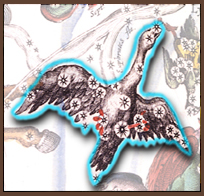
Many different constellations fill the evening sky in the southern hemisphere. Depending on your location and the season, different constellations can be seen. Southern circumpolar constellations can be
...more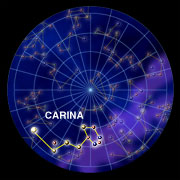
The constellation Carina is known as the Keel, which is the bottom part of old ships. Carina was originally a part of Argo Navis, which was a huge boat in the night sky. It has since been divided into
...more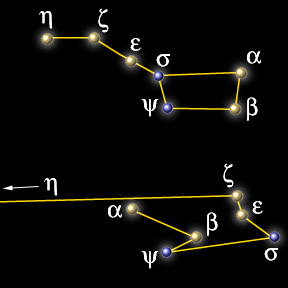
In most cases, however, the stars that we see that seem to be "close" to each other actually are quite far apart, some stars are much closer or farther than others as is shown in the example below of Ursa
...more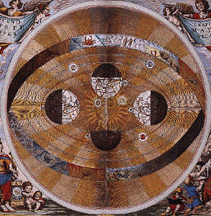
In our time, scientists (and most people!) know that the constellations seem to move across the sky because the earth rotates on its axis. What, you may ask, does the turning of the earth have to do with
...more
If you look at the night sky at different times of the year you see different constellations. This change is due to the motion of the Earth in its orbit around the Sun. As the Earth revolves about the
...more
Many cultures have seen distinctive patterns, called constellations, formed by the stars in the heavens. Constellations are usually comprised of bright stars which appear close to each other on the sky,
...more













